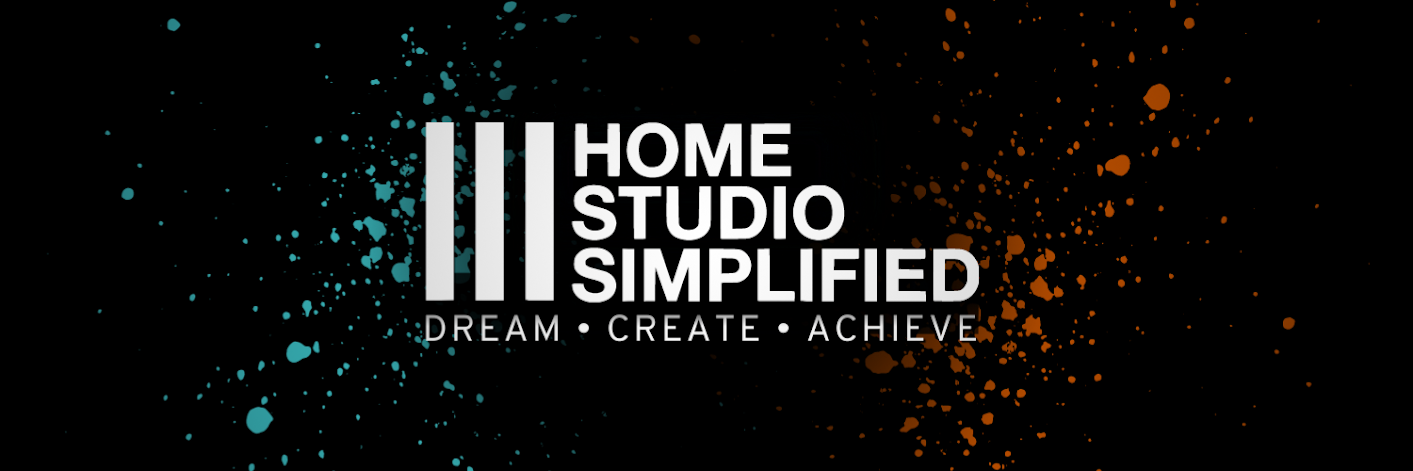Many home studio owners, even those who do not want to be professional recording engineers, perform many of the tasks associated with the profession. One such task is capturing vocal performances in a home studio. There are various ways you can achieve this. Today, we will discuss some best practices for achieving great results.
Here are some considerations for recording vocals in a home studio:
Recording space
Look for a room that is large enough to comfortably accommodate you and your equipment. Avoid rooms with any reflective surfaces, such as windows or glassware, which can create unwanted echoes and distort sound waves.
Acoustics
You need to know how many square feet you have available and the acoustic properties of the room. Some rooms of your house will sound better than others and there is really no way to tell other than just throwing up a mic and recording a few takes. If you have a vocal booth use it! Don't have one? You can actually build some affordable solutions or just throw up some blankets around the area you'll be singing.
TIP: The closer you get to your microphone, the more natural and less processed your vocals will sound. This will also reduce room noise, but don't get to close.
Mic Choice
Most microphones will pick up every nuance in your voice, so make sure you find one that has an excellent frequency response and sounds natural so you don't need to do as much processing in post. Likewise, don't always choose a mic based off of how it sounded on others, every voice is different. Don't be afraid to try a mic that no one else is using, it just might be your silver bullet.
Mic Position
The first thing you should do is make sure your microphone is in the correct position. A good starting point is to place your microphone two arm-lengths away from the singer's mouth, straight up in front of them. This will create a broad sound across the entire vocal range. Now record a few takes and move the vocalist in a few inches at a time until you get the desired sound you're looking for. Also, remember that your microphone has a null point where it is not picking up sound as much. Point the null point toward offending sounds you don't want to pick up.
Use A Pop Filter
Next, make sure you use a pop screen if you need to. Without a pop screen in place you can introduce nasty little wind explosions into your recording that can't be taken out later, these are known as plosives. These filters also will help to protect your microphone's diaphragm from excessive moisture (spit) and will also keep the singer at a safe distance.
Levels
Lastly, be aware of the volume on your interface and monitor that while recording. Try and keep the input signal well below the red mark at the top of your faders level mark. Red = Bad and Green =Good! Usually if you're recording in 24-bit a target signal input is around -12 to -18dBs.
Keeping these tips in mind will help produce a better quality vocal recording. Hope this helped!
